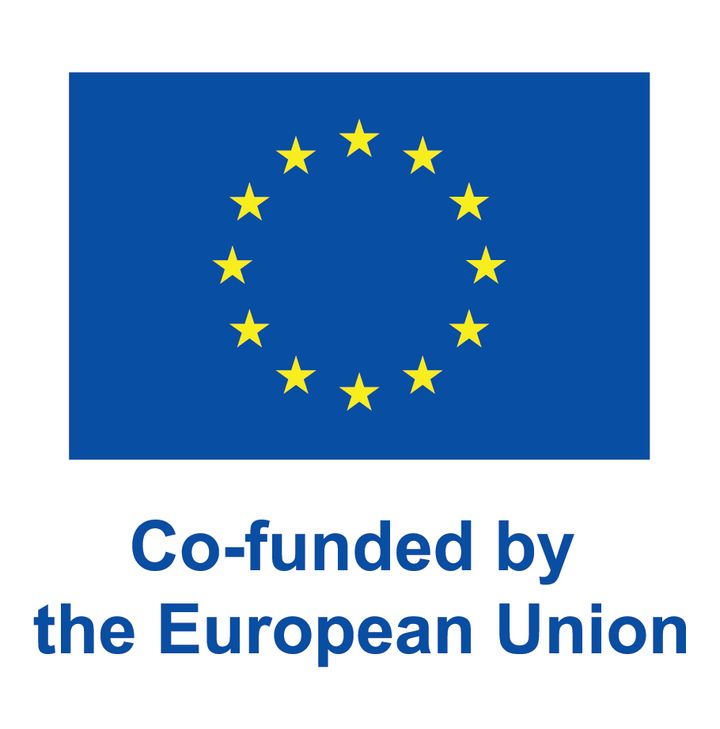New Customs imaging device exposes internal concealment of narcotics – five stashes found already
Customs has started using its first body-imaging device at Helsinki Airport. Customs uses the device in controls of international passenger traffic in cases where travellers are suspected of smuggling, for example, internally concealed narcotics. In early 2025, Customs has uncovered five cases where travellers have attempted to bring narcotics to Finland inside their bodies. The new control device facilitates passenger controls, and saves time for both travellers and Customs.
The imaging device facilitates customs enforcement work. Using the device is one of our measures in securing society. The new device is an important tool in our work in uncovering narcotics smuggling, says Samy Gardemeister, Director of the Enforcement Department.
The body-imaging device is used in passenger controls in situations where a traveller is suspected with probable cause of smuggling an internally concealed prohibited item. Typically, people smuggle hard drugs inside their bodies. The most commonly smuggled narcotic is cocaine.
Enchanced controls, time saved for Customs and for passengers
The new control device saves times for customs officers and for travellers who undergo imaging, as imaging can be done at the airport instead of a hospital. The device will also bring about economic benefit in the long term.
We used to have to transport people away from the airport for imaging. That taxed our resources in terms of other customs controls as, for every individual who had to undergo imaging, two customs officers had to accompany them for several hours at a time. We can now identify smugglers hiding items inside their bodies already at the stage of customs controls, and allocate further control measures only on these persons. This is how we can ensure resources for important customs enforcement work at the airport, says Mika Pitkäniemi, Head of Airport Customs in Helsinki.
Efficient control equipment also have a pre-emptive effect, as smugglers are now at greater risk of getting caught, Pitkäniemi says.
In early 2025, the device has confirmed five observations that Customs is now investigating. Customs will release more information on the cases possibly when the preliminary investigations are concluded.
The first imaging device used by security authorities in Finland
Customs is the first law enforcement authority in Finland to use the body-imaging device. Similar imaging devices are used by authorities in other countries.
As Helsinki Airport is an air traffic hub and a busy border crossing point, it was selected as the location for the imaging device. Customs can also bring travellers from harbours to Helsinki Airport for imaging when necessary.
The Customs imaging device is not meant for medical use, even though it basically operates as an X-ray machine. The device generates X-ray imagery that shows soft tissue, bones and any possible foreign objects. However, the radiation dose that people are subjected to through the device is about a thousand times smaller than that produced by similar medical equipment. The dose corresponds to radiation experienced by air travellers at normal altitudes during one-hour flights. Actual imaging takes only about ten seconds. Persons who are imaged do not need to remove any items of clothing.
Imaging device co-funded by the EU
The total acquisition price for the device was about 100 000 euros, of which the EU Customs Control Equipment Instrument (CCEI) funded about 80 percent.

Pictures of the Customs body-imaging device (link to the Customs photo bank).